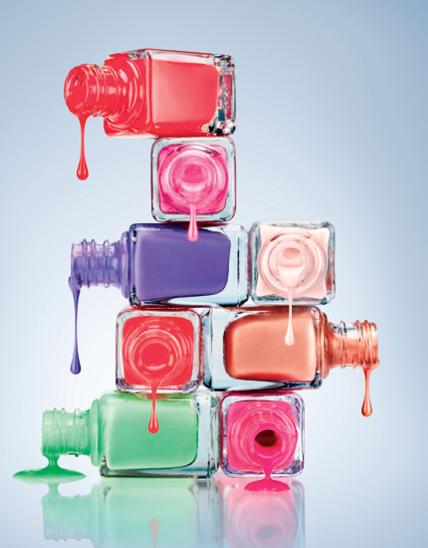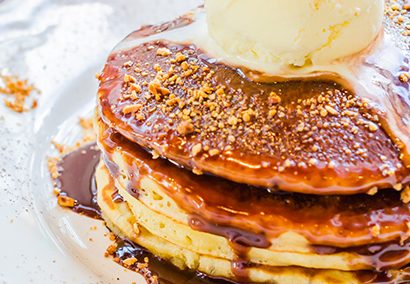- Propylene Glycol (PG), Polyethylene Glycol (PEG) and Ethylene Glycol (EG)
This group consists of derivatives of petroleum, which are used in many household products such as brake fluid and de-icer, and beauty items, including moisturisers, sunscreens and hairspray. These chemicals penetrate the skin easily and can have a negative impact on protein and cellular structure within the dermis. PG penetrates the skin so quickly that the Environmental Protection Agency warns factory workers against coming into direct contact with the chemical to prevent brain, liver and kidney abnormalities. The industrial packaging also includes a cautionary warning: “If on skin, thoroughly wash with soap and water.”
Tests have shown that PG inhibits skin cell growth in humans and cell respiration in animals, alters cell membranes, and thickens, dehydrates and damages the skin. It has also been proven to affect the upper respiratory and nervous system when inhaled. This very same ingredient is used in many beauty products including skin creams, perfumes and stick deodorants – in the latter, often at higher concentrations than industrial applications.
Glycerin is a natural option with humectant properties, but sources are not always ethical, as palm oil is often used. Another alternative is to look for products that contain ingredients that really do moisturise and hydrate the skin such as oils and butters, for example cocoa butter and avocado oil. - Parabens
Parabens are a group of chemicals used as preservatives in the beauty and pharmaceutical industry to fight bacteria and fungus. They have been linked to breast cancer, but this is not the only detrimental effect they have on health. Parabens are endocrine-disrupting and not only mimic, but also increase levels oestrogen in the body (which may be linked to their presence in breast tumours) and this in turn may cause irreversible damage to both male and female reproductive organs. Low sperm count and testosterone levels have been linked to parabens as well.
At surface level, parabens can cause irritation to the skin and in extreme cases, dermatitis and rosacea. Methylparaben in particular has been linked to premature ageing of the skin and this effect may be accelerated when it reacts with UVB light. This is a chemical included in many anti-ageing products, having the exact opposite effect on the skin. Parabens do occur in nature, for example in cinnamon and blueberries, but at manageable levels and alongside other chemicals to ensure they are utilised and processed accordingly. There are many antimicrobial and antibacterial natural alternatives to parabens such as grape seed extract and several essential oils including lavender, lemon, tea tree, cinnamon and eucalyptus. - Phthalates
Phthalates are used in many beauty products and for several different reasons; as additives in hairspray, hardeners in nail enamel, as a carrier and to give an oily quality to perfumes and colognes, and as a supposed penetration enhancer, emollient and humectant in skin creams. Like the glycols, these chemicals do not bring moisture to the skin, but their residue leaves a soft, smooth film over the skin. This group of chemicals cause infertility and amplify allergic reactions, which is one possible reason why allergies are at an all time high in the western world.
Phthalates also have severe adverse effects on unborn children whose mothers are exposed to them. Birth defects include cleft palate and abnormal genital development, whilst later on there may be an increased risk of behavioural problems and asthma in childhood. Phthalates have also been found in breast milk and may contribute to altered hormone levels in infants. Both the Environmental Protection Agency and World Health Organisation consider phthalates to be carcinogenic. As with all harsh chemicals, there are alternatives.
Show your inbox some love
Get a weekly digest of Health & Wellbeing emailed direct to you.




















